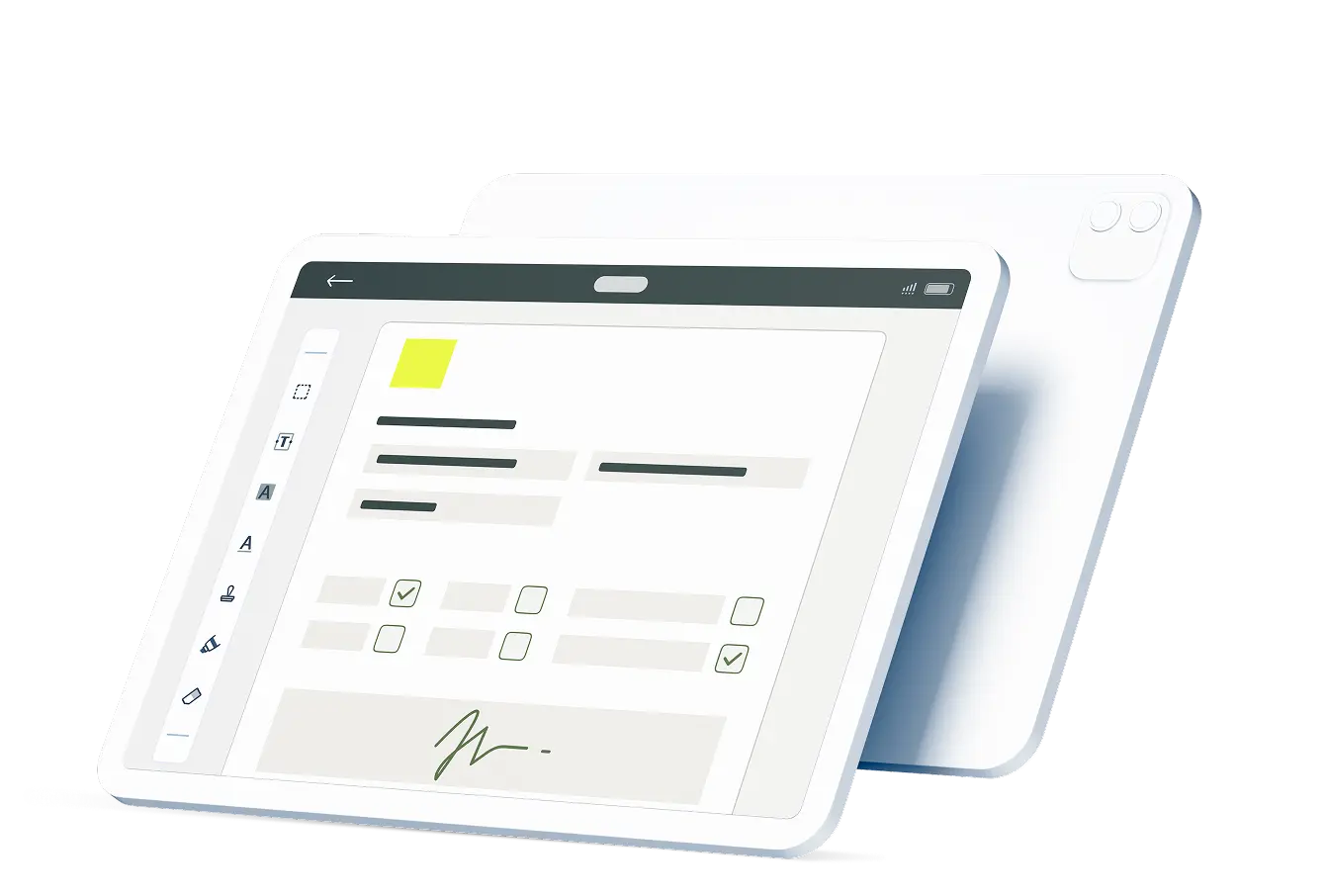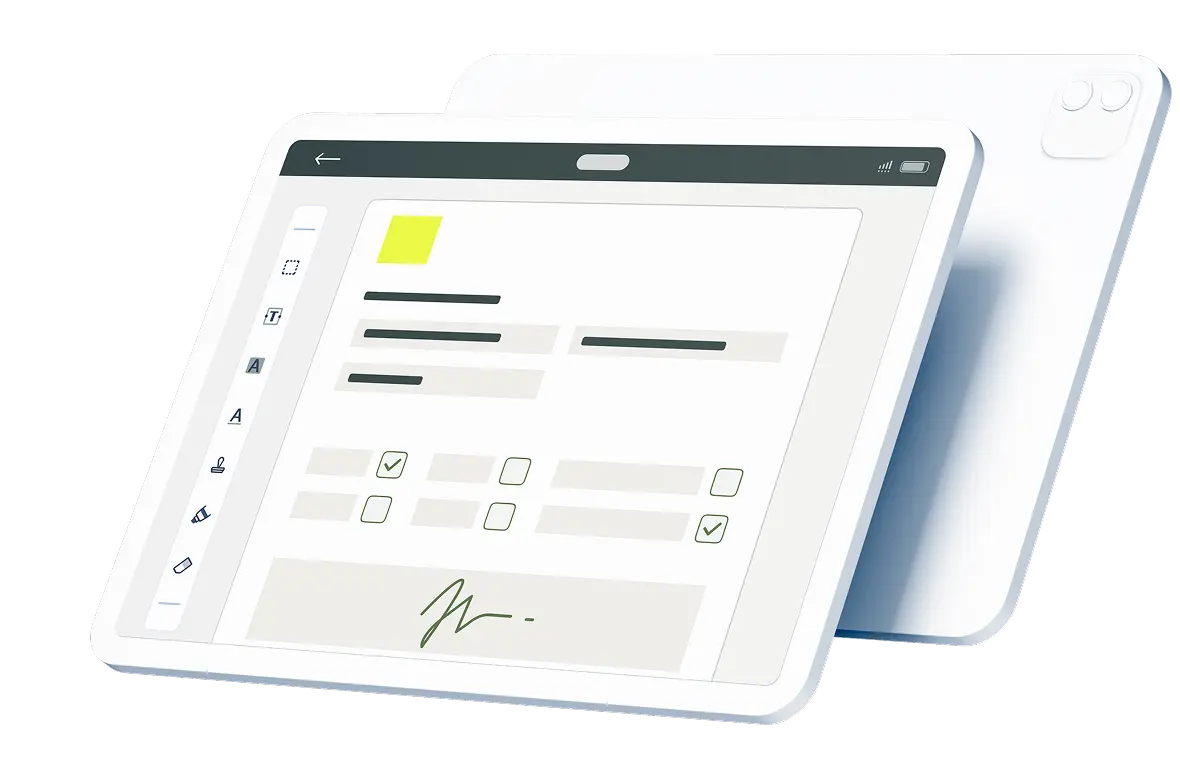As an amateur aircraft pilot, it’s natural to want to hop in your plane and start exploring the skies as soon as possible. But there are steps you must take before you
As an amateur aircraft pilot, it’s natural to want to hop in your plane and start exploring the skies as soon as possible. But there are steps you must take before you lift off. These steps are required to ensure your safety and the safety of those in your flight path. As such, they must never be rushed through or skipped. Here’s what you should know about the steps included in your pilot preflight checklist and why they’re so important to perform before you’re airborne.
Contents:
When Did Preflight Preparation Originate?
In 1953, one of the first B-17 test flights resulted in a fatal accident due to the pilot leaving the elevator lock on. The cause of this preventable accident could have been detected with a quick pre flight inspection. In response to the tragic incident, Boeing implemented a preflight checklist so pilots didn’t have to rely on their memory alone for preflighting procedures.
Why Are Pre Flight Procedures Important?
As illustrated in the situation above, a pilot preflight checklist is important because it can minimize the risk of injury or death while flying a plane. Failure to follow such checklists prior to each flight has resulted in avoidable aircraft accidents. It doesn’t take very long to do a preflight check, but those few extra minutes could be the difference between life and death when you’re in the air.
What Are the Benefits of a Pilot Preflight Checklist?
No one has a perfect memory, and a preflight checklist can help you avoid forgetting important things you must do before taking flight. Here are some of the top benefits associated with using a preflight checklist.
- Peace of mind: A checklist can give you peace of mind that you have done everything necessary to keep yourself safe prior to taking off. Without a checklist, many pilots experience a nagging worry that they may have forgotten an important step in the safety check process.
- Faster flight preparation: When you have a checklist to refer to, you can significantly increase your inspection speed so you can get up in the air faster.
- Consistency: A checklist is a great way to ensure consistency in pre flight procedures. Whether you’re flying the plane yourself or you loan it to one of your pilot friends for a week, you can rest assured the same pre flight procedures are always followed.
What Should Be Included in a Pre Flight Inspection?
A good pre flight inspection should be clear and easy to understand. It should encompass the plane’s major systems and parts while clearly stating what action you should take to check each part. Different checklists may be different for specific aircraft, so it’s important to refer to your pilot’s operating handbook when creating or following pre flight procedures. Here is a generic preflight checklist that works for most types of aircraft.
- Cabin check: Check switches and fuel selector valve, make sure documents are in order, remove the control lock, and check the fuel quantity indicator and flaps.
- Wing check: Visually inspect both wings, free and secure the flaps and ailerons, check the main wheel tire and brake, inspect the lights and wingtip, and make sure the fuel filler cap is secure.
- Empennage check: Inspect the empennage surface and baggage door, free and secure the rudder and elevator, secure the horizontal stabilizer, check the lights and antenna, and disconnect the tail tie-down.
- Nose check: Check the landing light, nose strut, prop, engine oil, and static port. Sample the strainer drain and clear the air filter as needed.
After following your checklist, perform a final walk-around to visually inspect the body of the plane. Look for visible signs of damage that might indicate the aircraft is not suitable for flight.
Know Your Flight Plan
Even after you’re done preflighting, do not take off until you know your flight plan and are aware of weather conditions you may encounter along the way. Ensure you have the maps and charts required to make your flight safely. Come up with an engine failure plan and alternative routes you can take in cases of emergency.
Create Your Automated Pilot Preflight Checklist
Fluix is a tried-and-proven document workflow automation solution. It makes it easy to create, follow and manage a pilot preflight checklist. Using the program, you can decide which procedures to automate for improved efficiency. Get started for free to find out if Fluix is the right solution for you!

